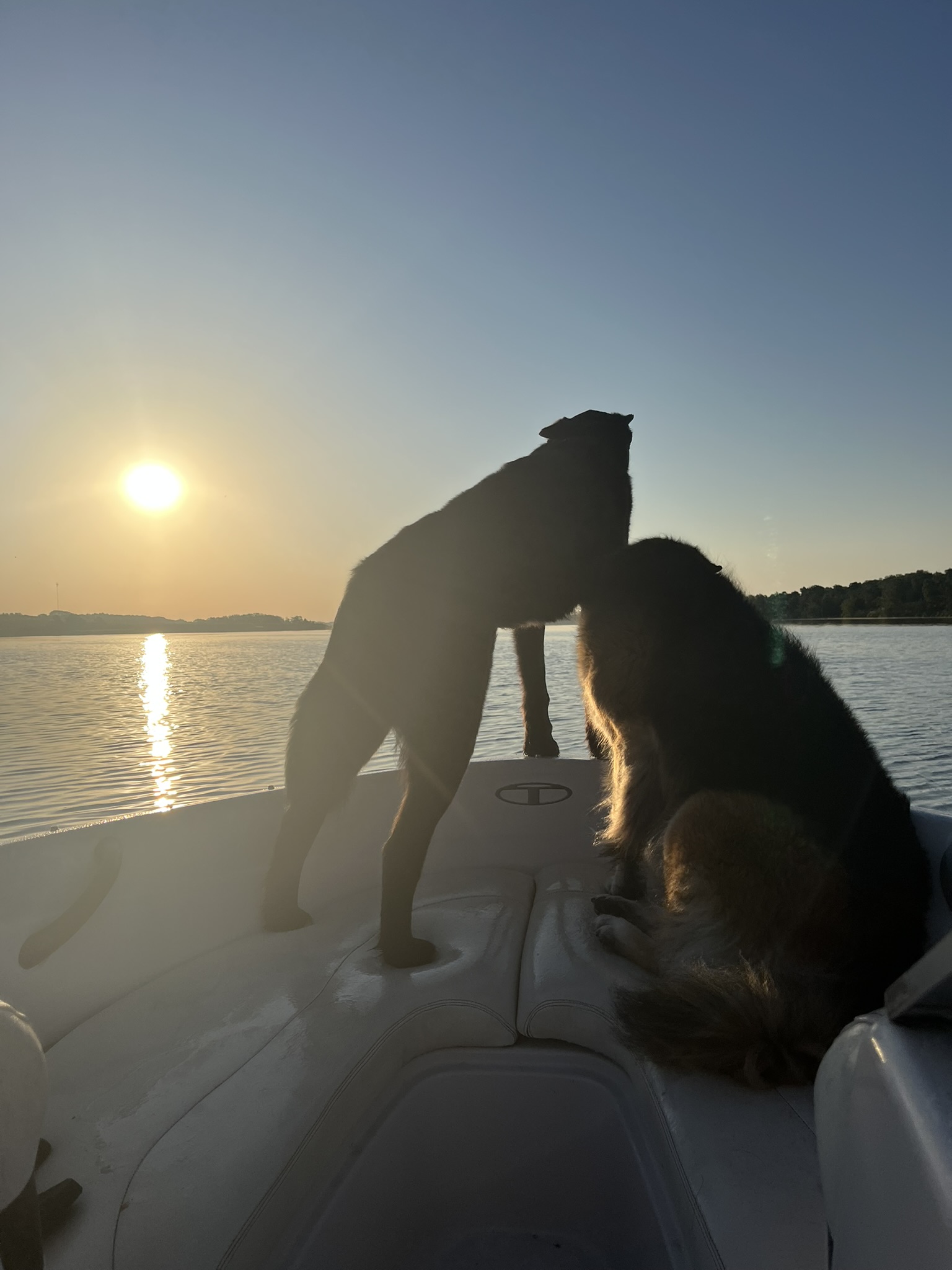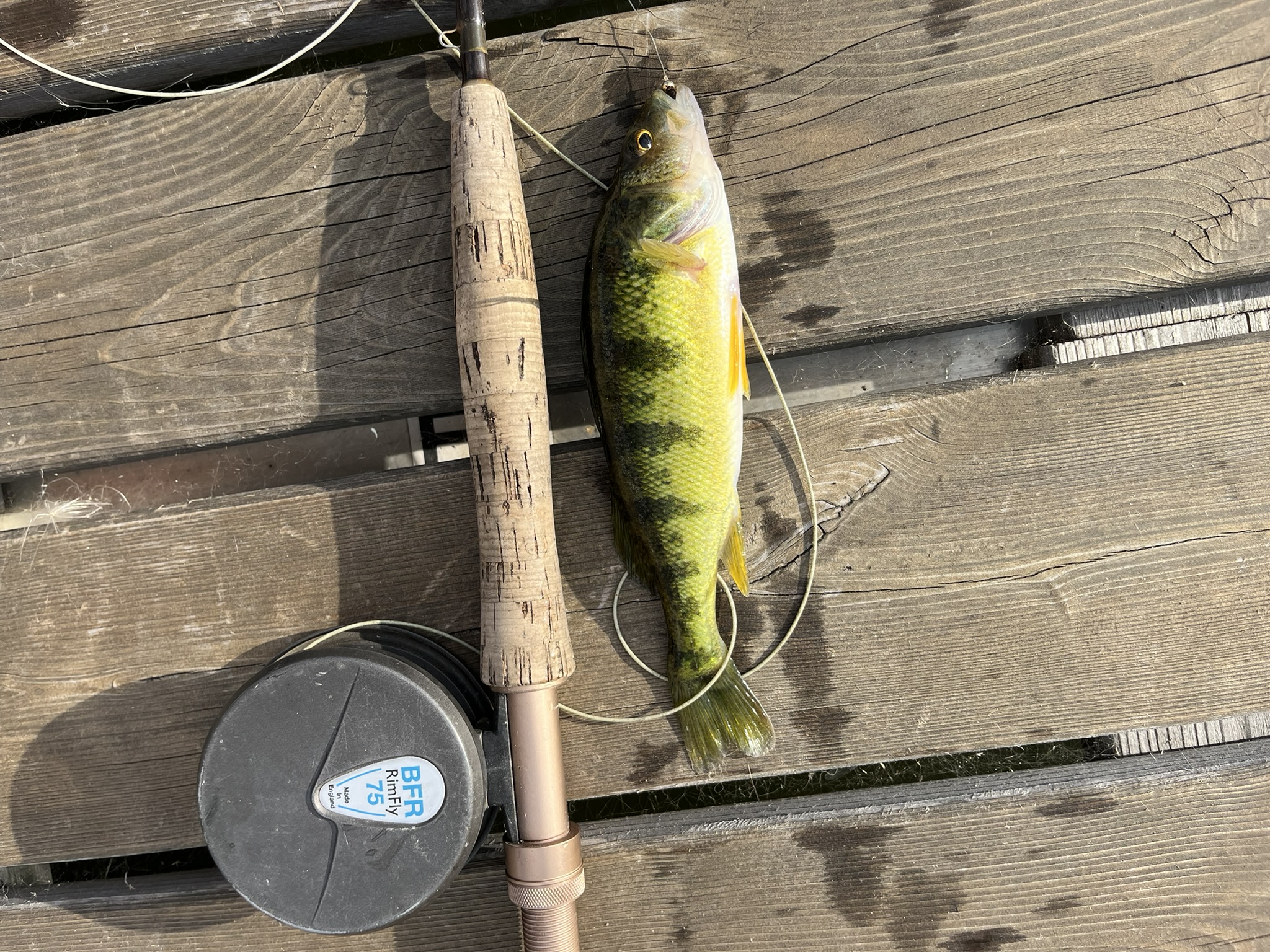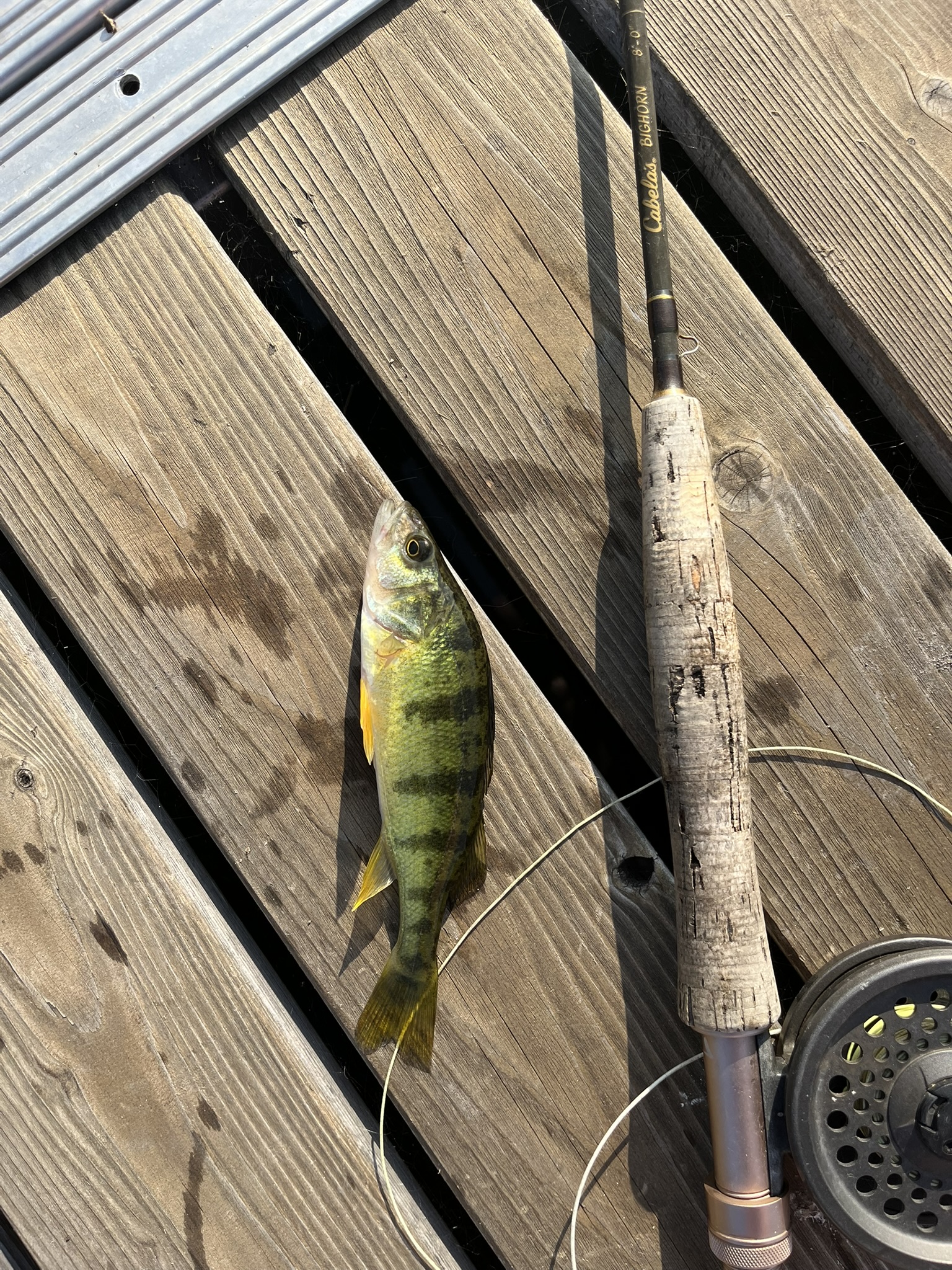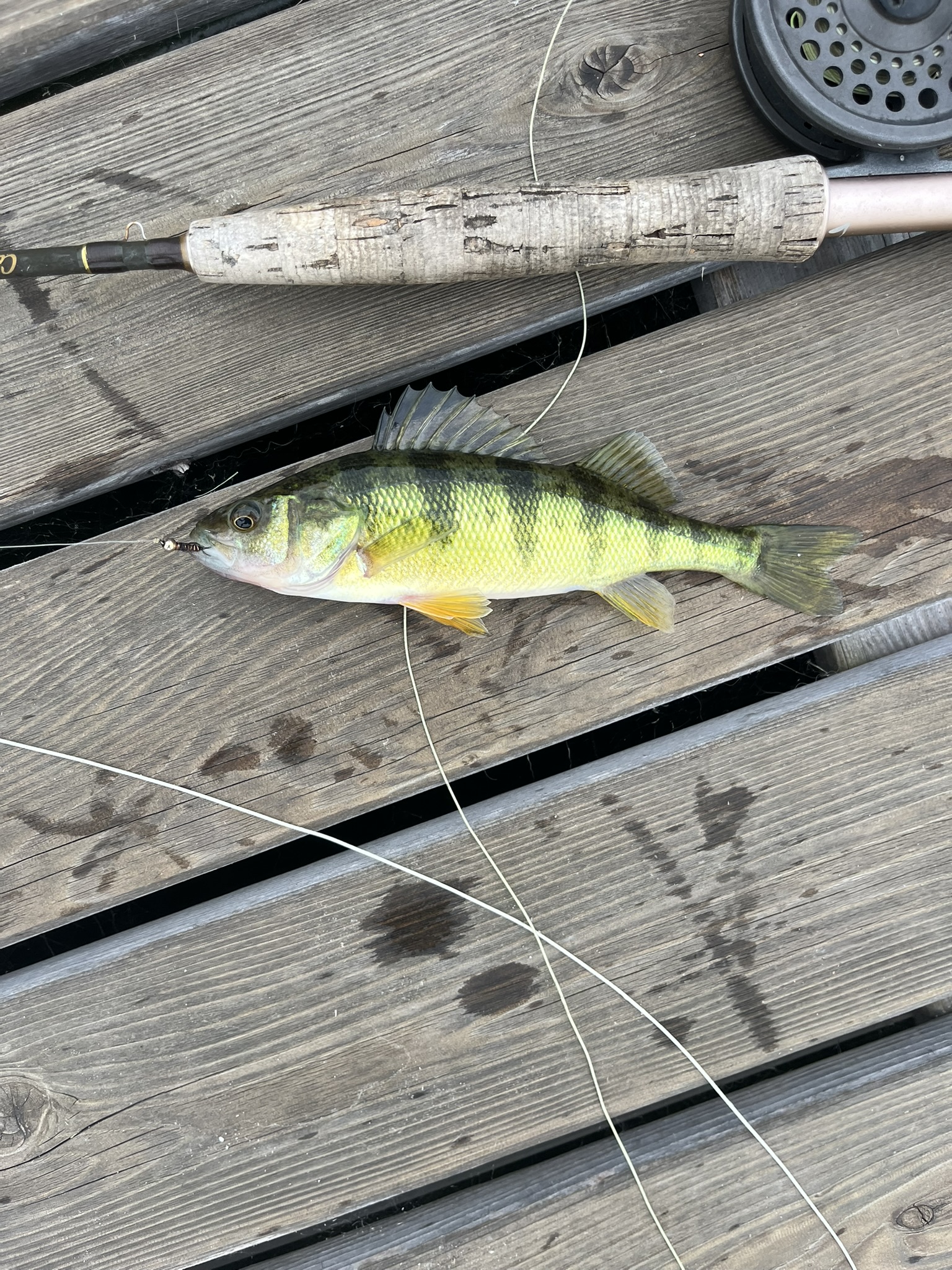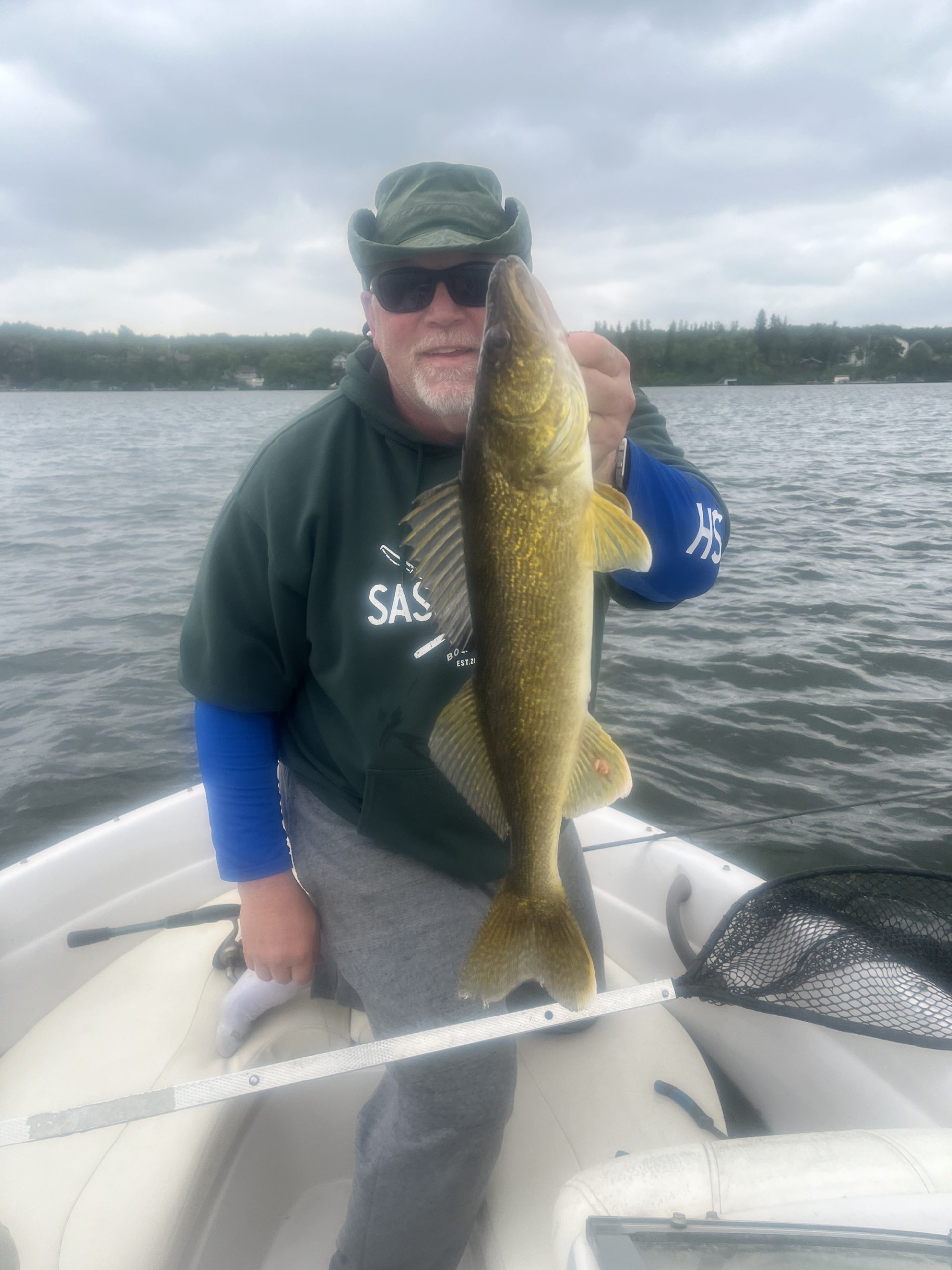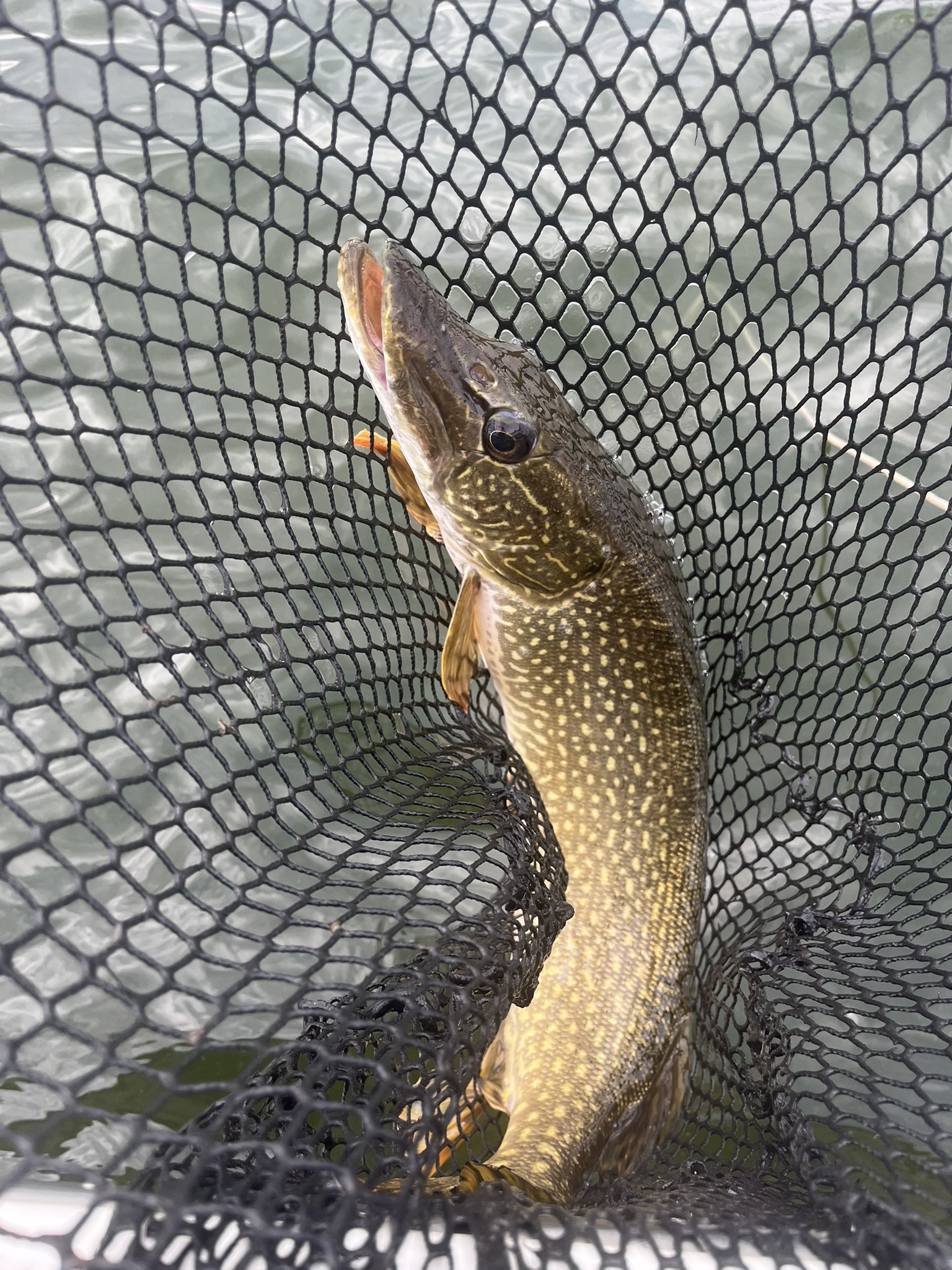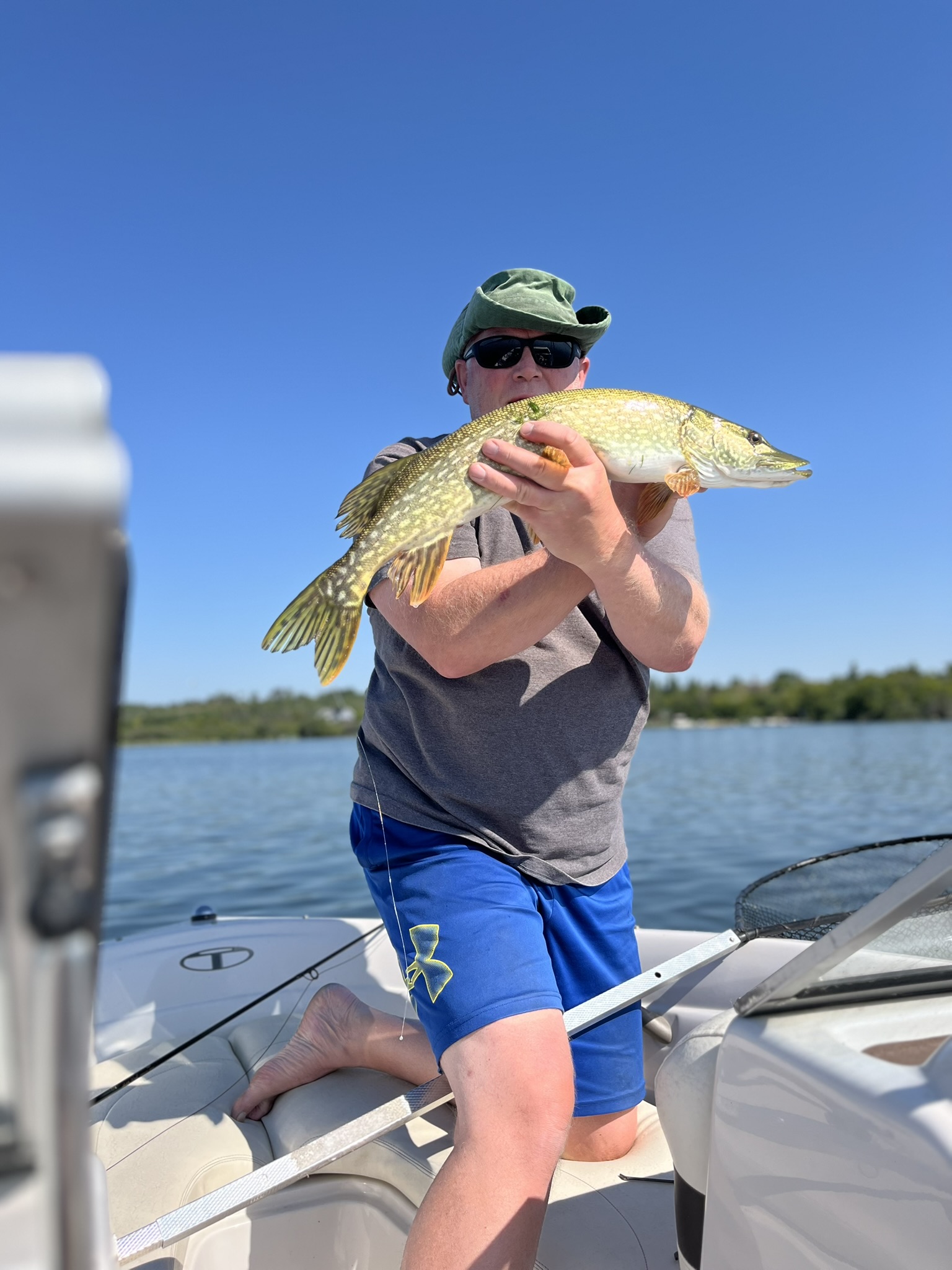I spent a dozen years as head guide for a waterfowl hunting camp in central Saskatchewan. As the spotter, you have sole responsibility for selecting and securing hunting permission for a field where your hunters will set up for the next shoot. During that time I learned a few things about scouting for geese. Some where learned the hard way, by setting up in a field and seeing no birds on approach and others simply from years and years of observation. In most spotting situations, if you have been actively spotting for days and weeks, you will have far greater knowledge and will be able to make a more informed decision. If you are out on a Friday night looking for a Saturday morning shoot, you will have far less knowledge and there is greater risk in the field you pick.
Geese Scouting Tip #1: Timing.
How many days have the birds been in the field? Are you spotting them in the morning or evening spotting? If you have consistently seen geese for a couple days, or at least the morning and evening of the same day, most likely those birds will return to the same field for the following morning and probably the afternoon as well. Morning are more consistent than afternoons. It is after the morning feed that a flock has a chance to pick out other fields and if birds are going to bounce from one field to another, likely that will be the afternoon. If the birds are pushing 3 or 4 days in the same field, they may have reached the limit or ate up most of the grain and will be moving fields soon.
Geese Scouting Tip #2: In-Bound Flock Sizes
Did the birds arrive in 1 flock or many smaller. If you saw the birds arriving at the field, did the flock on the ground build gradually? Ideally you will want a flock that arrives in many smaller groups. As the number of birds in the air increases, so too does the number of eyes looking down at your decoys and blinds. Too many eyes increases the chances of seeing something that sets off the alarms. Small groups arriving over time give you time to shoot and reload while other groups are still far enough away to not be scared off by the sounds of gunfire. A break between groups also gives the dogs a few moments to round up the dead birds on the ground.
Geese Scouting Tip #3: Variety
Are you hunting one species or mixed bag? Are the any ducks in the field? Simply put, more variety equals more certainty of opportunity to shoot. Snow Geese, Canada Geese, ducks, and Specklebellies may all have their own roosts and will fly at different times of the morning or afternoon. Geese will travel long distances from the roost to the feed field while ducks will typically feed closer to the roost so having a good number of ducks in the field increases your chances even if the geese do not cooperate. If there are Snows and dark geese in the field, and one of those species skips your field, you still have chances of a good hunt.
Geese Scouting Tip #4: Location of the Roost
How far away is the roost they came from? If the roost is very close, within one field, sometimes two, then the sounds of gunfire may be close enough to bust the roost and send the geese in another direction. If the wind direction is carrying the sounds of the shotguns away from the roost, then proximity is less and less an issue with the increase in wind speed. If you trace the birds back to a roost a long distance away, and the weather remains consistent between spotting and your next hunt, then that’s a positive. But there is a significant change in weather, such as a large increase in wind or a shift in direction, or rainfall, the geese will be less likely to travel a large distance and will find a feed field closer.
Geese Scouting Tip #5: Young Birds
How many grey snow geese or how many noticeably smaller greater Canadas are in the family groups? A high proportion of young birds is one of the signals of the end of migration approaching and you will want to hunt ’em now before the weather changes. Geese flocks with high numbers of young birds, 25% or higher especially, will hold in place as long as they can, or make short migration hops to give the young birds more time to gain strength for longer flights. However, if you see a high number of these juvenile birds and there is an approaching cold front, expect to see the Snow Geese heading south in the morning, or even after an afternoon feed if the sky is clear and there is good moonlight. One last observation on young birds, they do not have the wisdom of the older birds and will often break off from the flock to check out a decoy spread and can make for some high number shoots later in the migration.
Bonus Material – Field Views
On a couple of recent scouting runs, I took a few images of some fields. Here are a few observations based on the fields. Some of these images where taken with a phone camera on high zoom so the quality is not great.
In the image below, while the total number of geese is only about 1000 (image does not show entire field), there are a good number of young birds. You can see young snows as well as young “Eagle Heads” (blue phase Snow Geese). This could be a good shoot for 3 to 4 hunters.
At first glance, the image below appears to be a small number of dark geese, too few to hunt. But at the back end of the field, you can make out a blotch of white, snow geese. Watching this field for about 15 minutes I noticed a steady stream of Snows and Canadas landing in the next field, so I went to have a look.
The next field to south was building up with a good number of Canadas.
…and more and more Snow Geese. It’s hard to make out the ducks in the images but there were a few hundred Mallards as well. This could be a decent shoot. I would recommend giving it a another day of observation if you want to hunt a big number of Snow but if you are after Canadas and ducks, its ready.
This is the next morning, the same field as the first image above. Definitely more dark geese and the Snows were about the same spread across the field.
The geese did not gather up in one large group, the were spread out across the field suggesting the field may be approaching being cleaned out so hunt this field soon.








